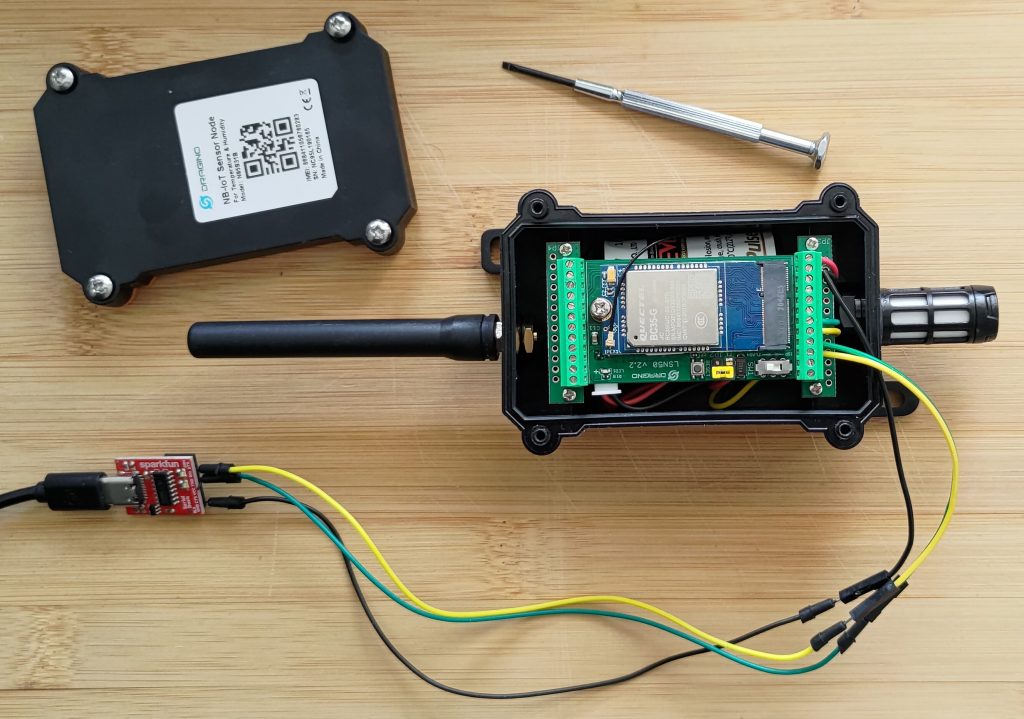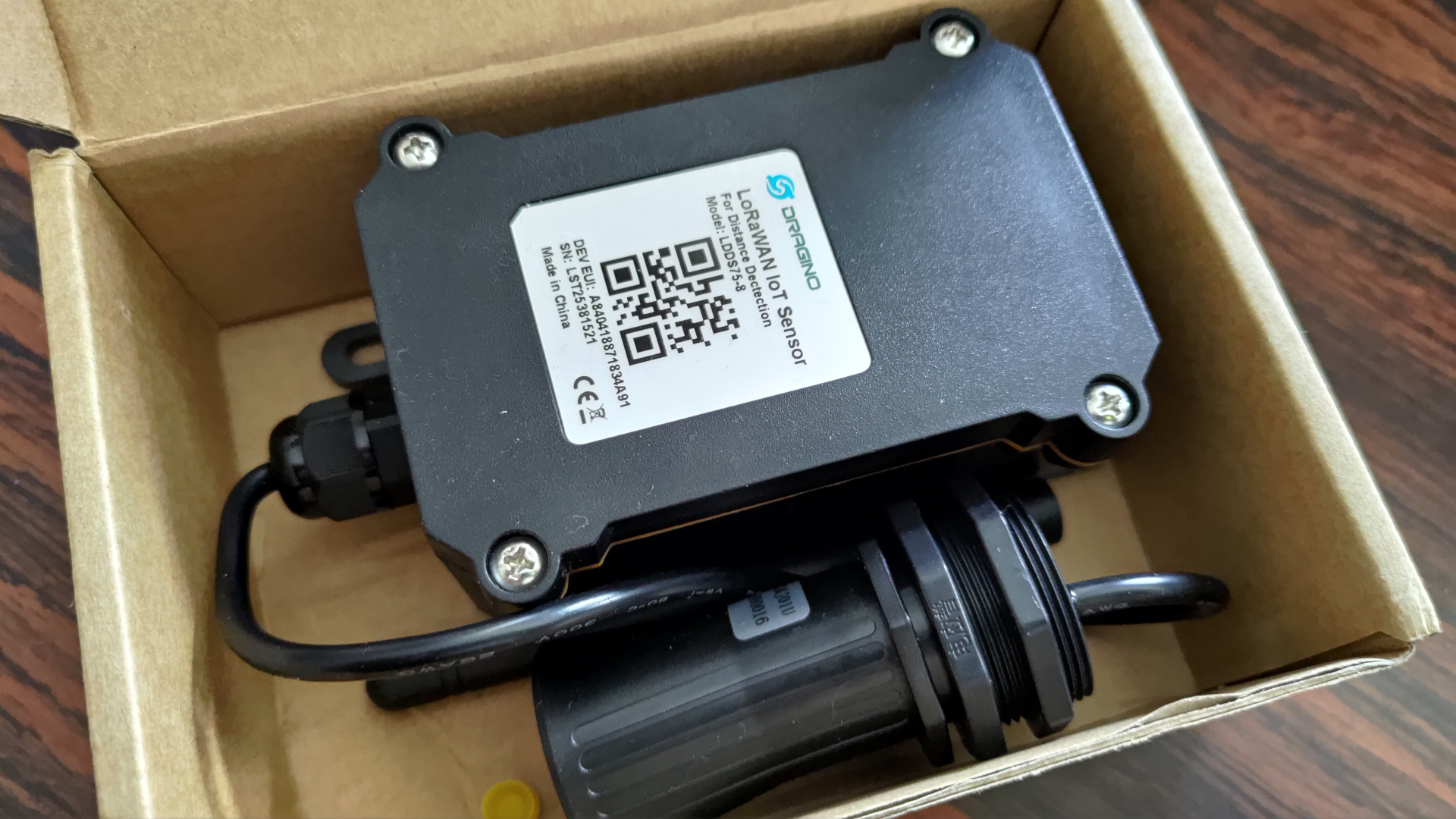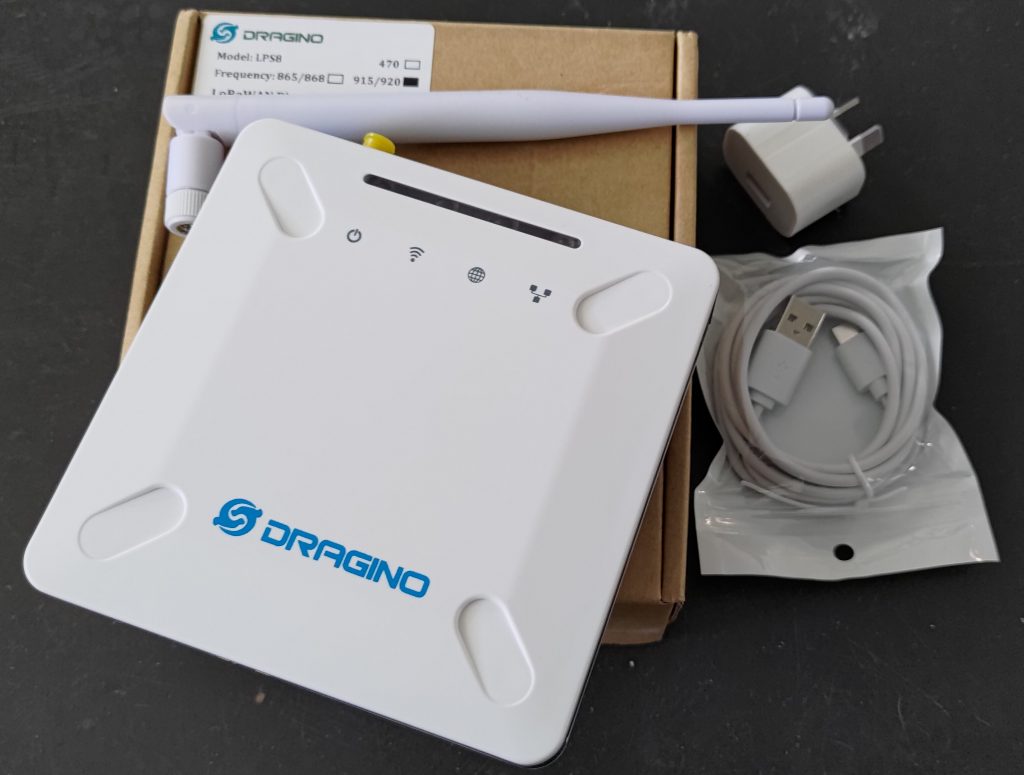The Dragino NBSN95/NBSN95A family is a deployment-ready range of water resistant NB-IoT (Narrow Band Internet of Things) devices that are available pre-packaged with various sensors such as soil moisture, distance detection, liquid level, and temperature/humidity sensors.
NB-IoT is a Low-Power Wide-Area Network (LPWAN) technology that allows devices to be accessed in remote locations and operate on battery for long periods of time, up to many years.
In this article we will look a the N95S31B, the model with the pre-packaged temperature/humidity sensors, the strengths and weaknesses of the device, and then walk through configuing the device and see it connect to an MQTT test server. Our previous article showed you how to set up an MQTT test server on Azure if needed.
The NBSN95 is an open source project, with both the software and hardware specifications available, if you need to customise the application. We have also previously reviewed the Dragion LDDS75 LoRaWAN device.
Continue reading Deployment ready NB-IoT device review — Unboxing the Dragino N95S31B(14 min read)




